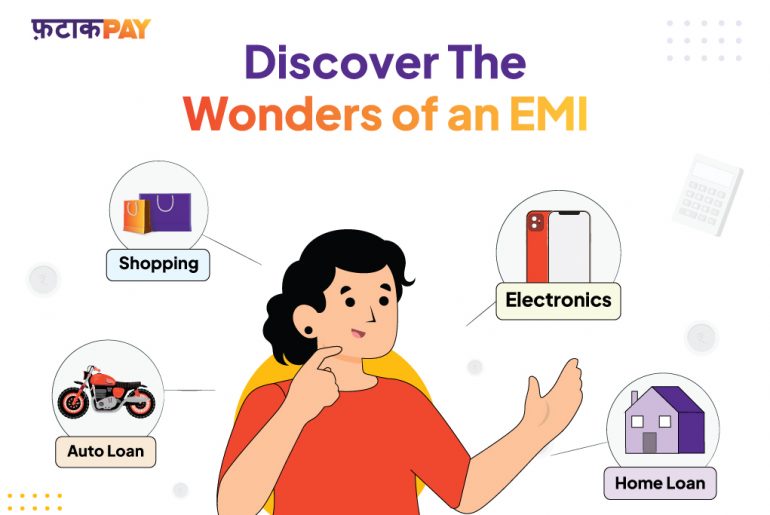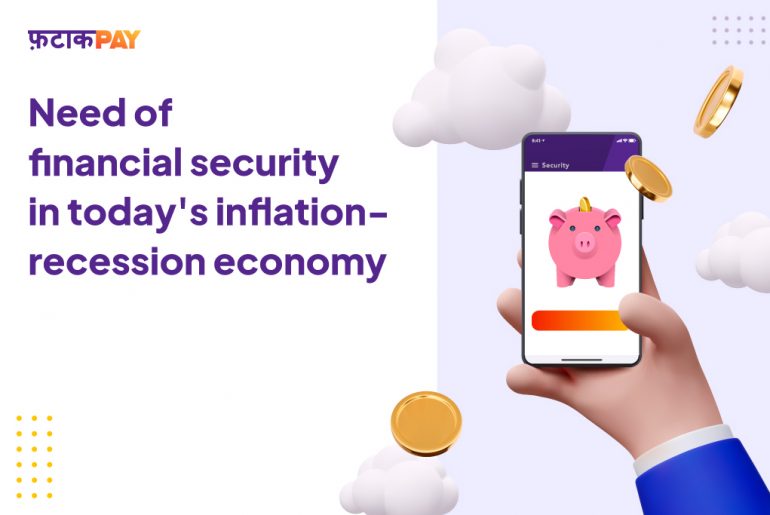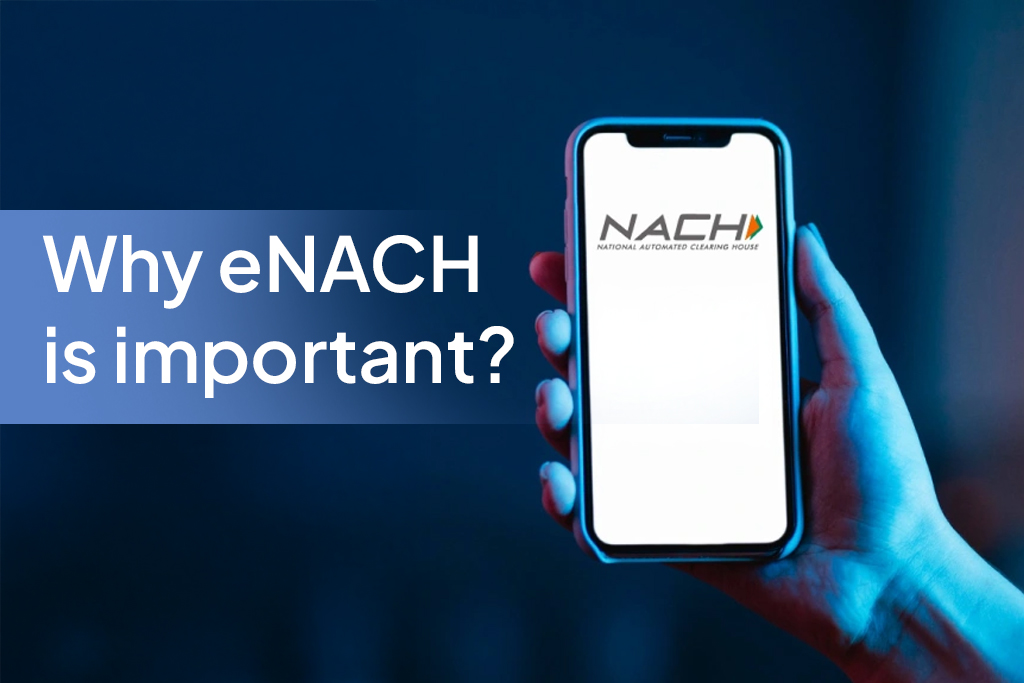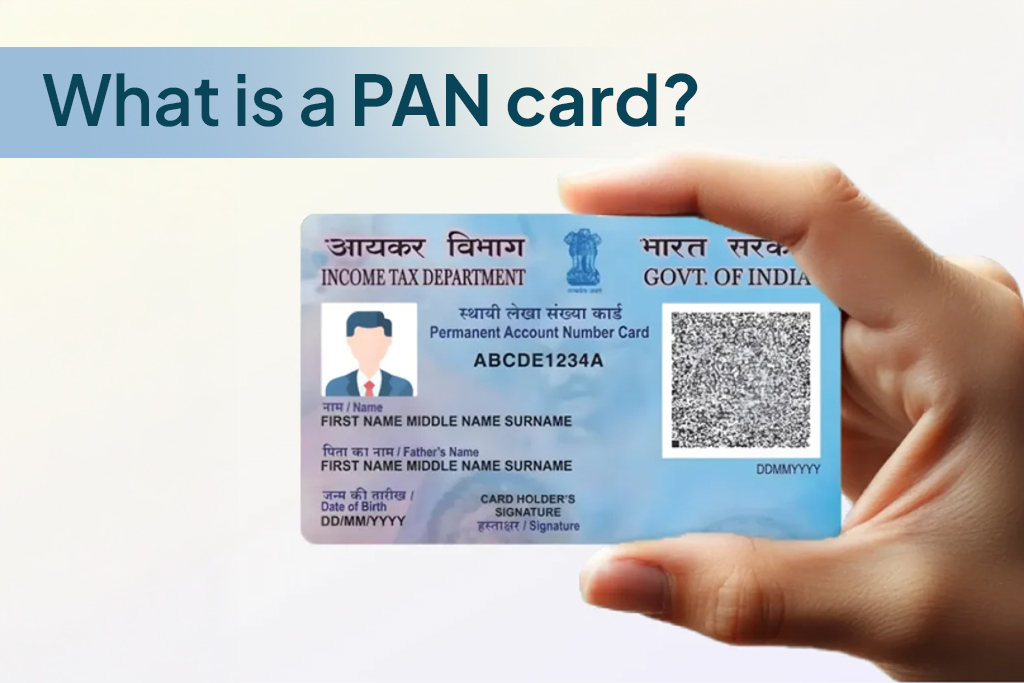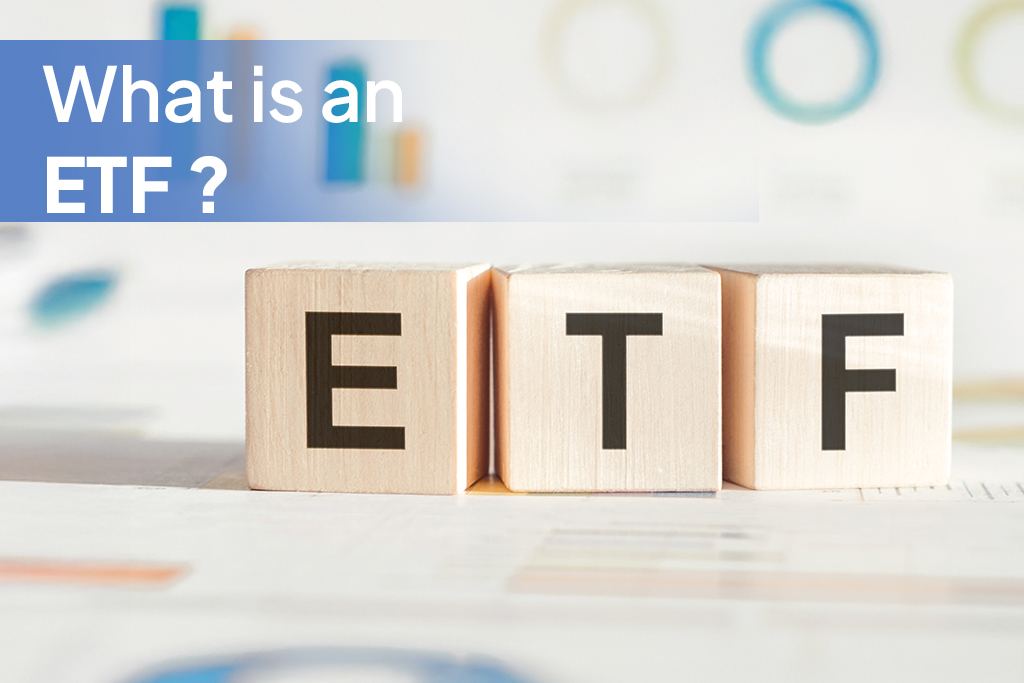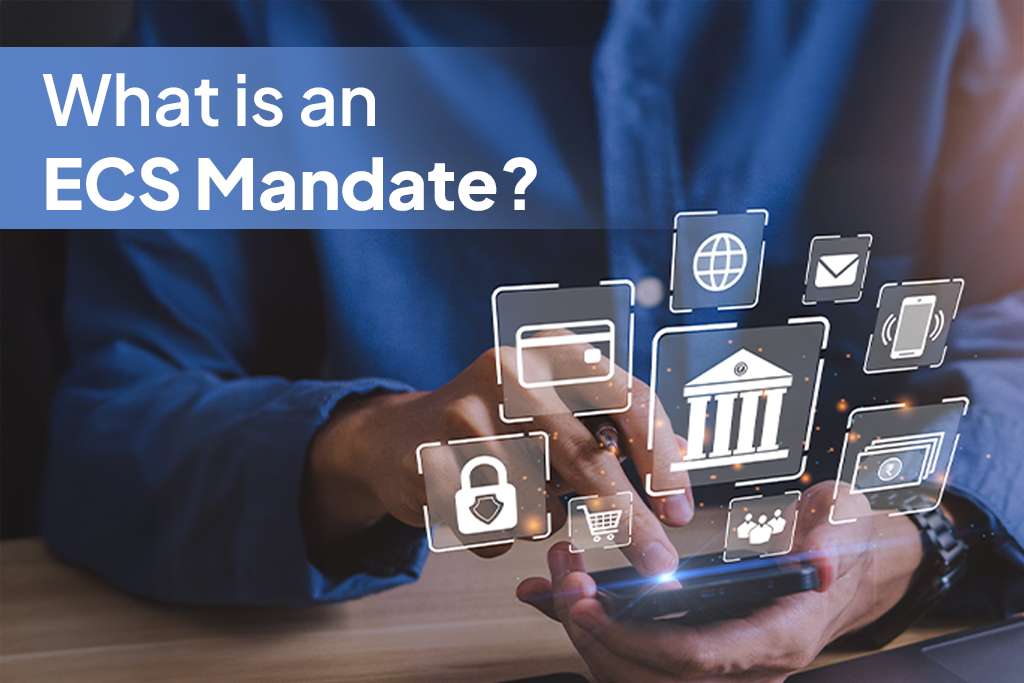Are you seeking out a convenient manner to pay for your purchases? An EMI, or an Equated monthly Instalment, might be simply the element you need. In this article, we’ll take a deep dive into what an EMI is and what benefits and drawbacks come with it. We’ll also cover types of EMIs, a way to calculate your EMI payments, and what to do when an EMI turns too expensive. Let’s begin!
What is an EMI?
An EMI, or Equated monthly Instalment, is a charge approach that permits purchasers to buy a product or service and pay for it in identical instalments over a fixed period of time. EMIs are a popular price choice for excessive-fee purchases like furnishings, electronics, and motor vehicles.
When you choose an EMI, you enter into a reimbursement settlement with your lender. The lender will then pay the entire amount of the acquisition upfront and you may pay off them in identical month-to-month instalments.The interest price is generally constant and is based totally at the price of the purchase.
Benefits of an EMI
There are several benefits that include when opting for an EMI.
First, it’s a convenient way to pay for big purchases. Instead of paying the full quantity prematurely, you could break it down into smaller bills that you may pay every month.
Second, an EMI offers flexibility in terms of ways you repay the loan. You may choose to pay the loan off early or enlarge the reimbursement length. This offers you the freedom to regulate your fee plan to fit your budget.
Eventually, opting for an EMI is a good way to construct your credit rating. So long as you’re making your payments on time, you’ll be able to improve your small credit score.
Drawbacks of an EMI
Although there are many benefits to choosing an EMI, there are also a few drawbacks that you ought to be aware about.
First, if you make an overdue fee, you’ll be charged more and your credit rating will go down. That is why it’s essential to ensure that you make all your payments on time.
Second, you will be charged a prepayment rate if making a decision to repay your loan early. This fee varies from lender to lender.
Third, choosing an EMI may limit your financial flexibility. Since you’re making regular payments, it’s important to make sure that you have enough cash left over to cover your other fees.
In the end, an EMI is not suitable for everybody. When you have a terrible credit score rating, it’s not likely that you’ll be accepted for an EMI.
Steps to get an EMI
Choosing an EMI is simple. Here are the steps you’ll need to take:
First, you need to make sure that the lender you’re considering is legitimate. You can do this by checking the lender’s reviews and looking for any complaints.
Second, you need to make sure that the interest rate is competitive. You can compare the interest rates of different lenders to make sure you’re getting the best deal.
Third, you need to make sure that the repayment period is suitable for your budget. You don’t want to choose a repayment period that’s too long, as this will mean paying more in interest.
Finally, you need to make sure that the terms and conditions of the loan are clear. You don’t want to be caught off guard by hidden fees or penalties.
Types of EMI
There are important kinds of EMIs: secured and unsecured.
A secured EMI is one in that you use an asset, consisting of a residence or a vehicle, as collateral. which means that in case you default in your loan, the lender can repossess the asset to recoup their losses. This type of EMI is usually provided at a lower hobby charge.
An unsecured EMI, then again, does no longer require any collateral. This type of EMI is normally supplied at a better interest rate.
Considerations to make when choosing an EMI
When choosing an EMI, there are a few things to consider.
First, you need to make sure that the lender you’re considering is legitimate. You can do this by checking the lender’s reviews and looking for any complaints.
Second, you need to make sure that the interest rate is competitive. You can compare the interest rates of different lenders to make sure you’re getting the best deal.
Third, you need to make sure that the repayment period is suitable for your budget. You don’t want to choose a repayment period that’s too long, as this will mean paying more in interest.
Finally, you need to make sure that the terms and conditions of the loan are clear. You don’t want to be caught off guard by hidden fees or penalties.
How to calculate your EMI payments?
Illustration: How is EMI on Loan Calculated?
Formula for EMI Calculation is –
P x R x (1+R)^N / [((1+R)^N)-1] where-
P = Principal loan amount
N = Loan tenure in months
R = Monthly interest rate
The rate of interest (R) on your loan is calculated per month.
R = Annual Rate of interest/12/100
If rate of interest is 7.2% p.a. then r = 7.2/12/100 = 0.006
For example, If a person avails a loan of ₹10,00,000 at an annual interest rate of 7.2% for a tenure of 120 months (10 years), then his EMI will be calculated as under:
EMI= ₹10,00,000 * 0.006 * (1 + 0.006)^120 / (((1 + 0.006)^120) – 1) = ₹11,714.
The total amount payable will be ₹11,714 * 120 = ₹14,05,703. Principal loan amount is ₹10,00,000 and the Interest amount will be ₹4,05,703
What to do when an EMI becomes too expensive?
If you find yourself in a situation where your EMI payments are becoming too expensive, there are a few steps you can take.
First, you can consider extending the repayment period. This will reduce your monthly payments, but will also mean paying more in interest over time.
Second, you can consider refinancing your loan. This means taking out a new loan with a lower interest rate and using the money to pay off your existing loan.
Third, you can consider taking out a Instant personal loan. Personal loans usually have lower interest rates than other types of loans, so this can help reduce your monthly payments.
Finally, you can consider consolidating your loans. This means taking out a single loan to pay off all your existing loans. This can help reduce your monthly payments as well as simplify your repayment process.
Conclusion
EMIs are a great way to pay for large purchases. They offer convenience, flexibility, competitive interest rates, and the potential to build your credit score. However, there are also some drawbacks that you should be aware of, such as late fees, prepayment fees, and limited financial flexibility. It’s important to make sure that you consider all the factors before deciding if an EMI is right for you.
If you’re looking for a convenient and flexible way to pay for your purchases, an EMI might be the right choice for you. Just make sure to do your research and choose the right lender for you.

